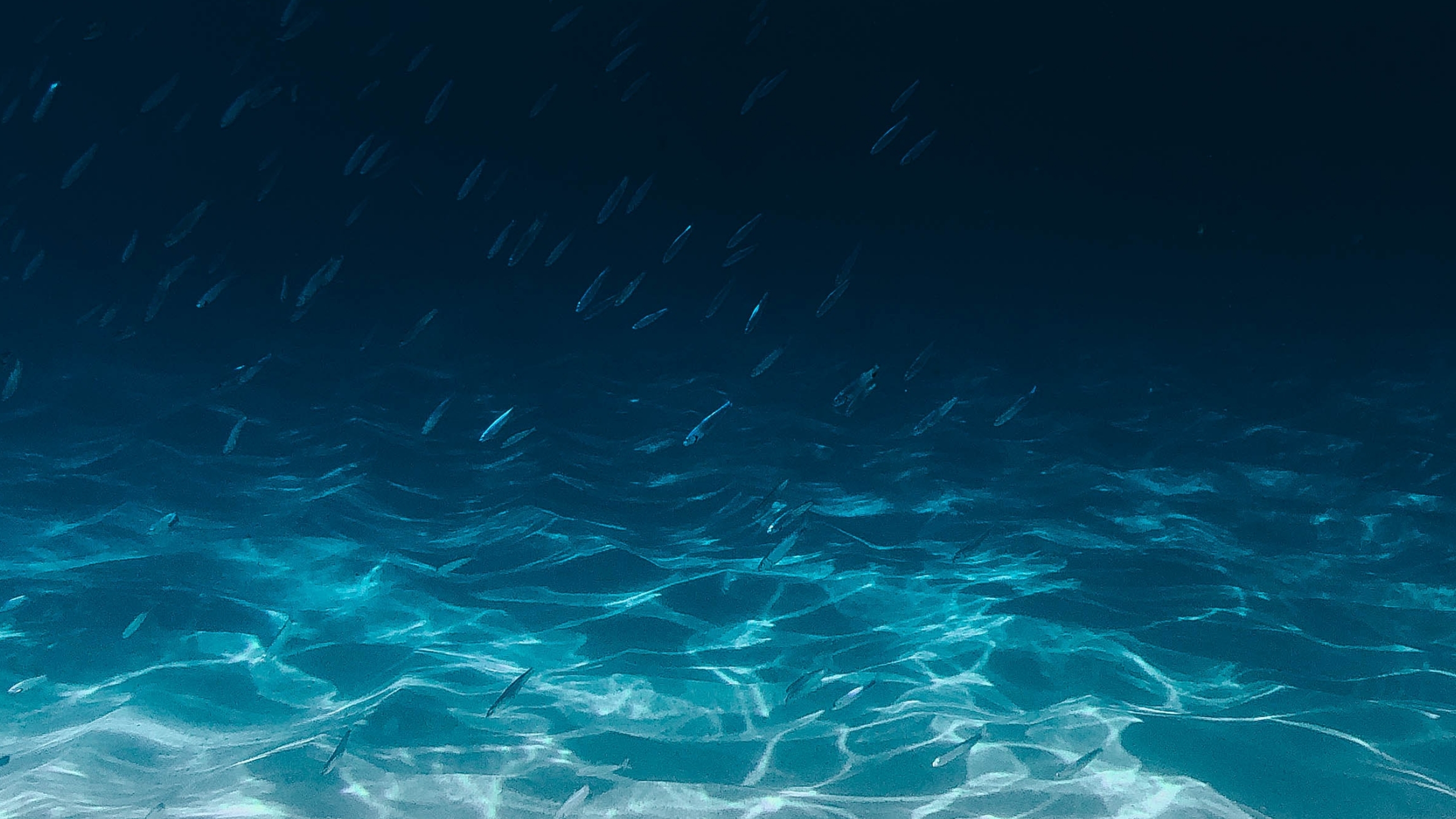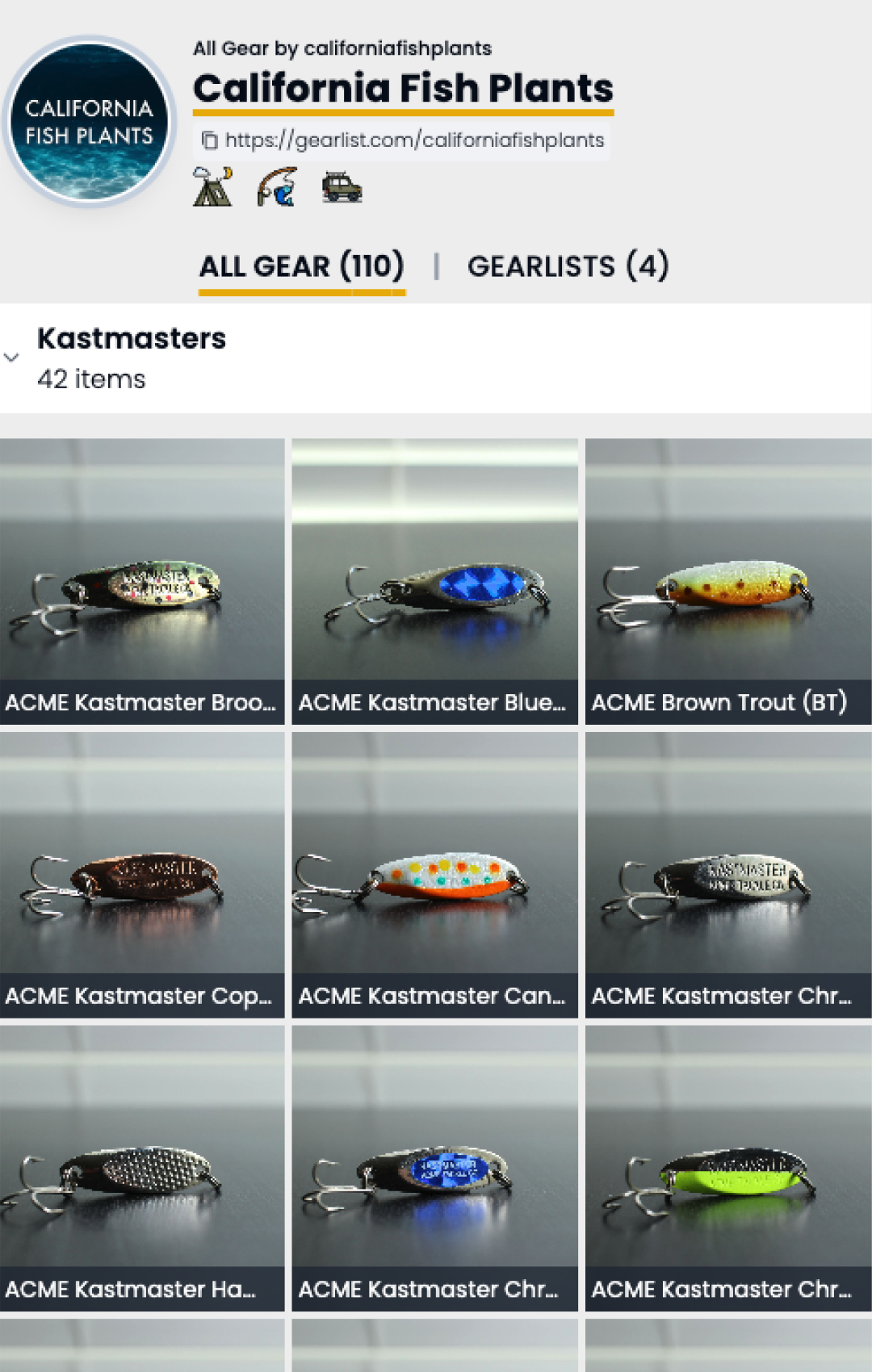Nestled amidst the towering pines and granite cliffs of the Desolation Wilderness, Wright’s Lake stands as a tranquil alpine haven for anglers seeking a serene fishing experience. This pristine lake, located about 10 miles south of Lake Tahoe, offers an abundance of rainbow trout, brown trout, and brook trout. Discover the art of angling in the midst of nature’s grandeur at Wright’s Lake.
📈 Latest Fish Plants
Fish here often?
How To Read Fish Plant Graphs
To interpret fish plant graphs effectively, consider the following key elements:
- Blue Vertical Bars and Numbers:
- Representation: The blue vertical bars on the graph represent individual fish plants.
- Weight Measurement: The associated numbers indicate the total weight of the plants in pounds (lbs.) that occurred during a specific week.
- Significance: Monitoring these bars helps identify weeks with higher planting activity, aiding anglers in selecting optimal times for fishing near recent plantings.
- Orange Trend Line:
- Purpose: The orange trend line represents the moving average of all fish plant activities at the specified location.
- Indicator of Activity: A rising trend line suggests a consistent increase in planting activity over the designated period. This indicates the potential for more catch opportunities and signifies a growing fish population over the weeks.
- Interpreting the Moving Average:
- Upward Trend: A rising moving average implies an upward trajectory in planting activity, indicating an increasing number of fish being introduced into the area. This suggests a positive outlook for anglers, as it implies a larger and potentially more accessible fish population.
- Downward Trend (Not Specified): The description does not provide information on the interpretation of a decreasing trend in the moving average. It might be beneficial to include information on what a decreasing trend could signify in terms of fishing prospects.
- No Data Present:
- Possible Explanations: If no data is visible on the graph, it may indicate that the location had no fish plants in the last three months. Alternatively, the absence of data could be due to non-disclosure of fish plants for that location.
- Natural Population: Some fishing areas in California rely on the natural growth of fish populations, and graphs may not show plants if this is the case.
- Graph Disclaimer:
- Data Source: The graphs reflect a combination of publicly disclosed data and estimates. Some locations may disclose fish plants without specifying exact amounts.
- Not Universal: Not all fishing areas have fish plants, and the natural growth of fish populations plays a significant role in many California fishing locations.
Understanding these elements will empower anglers to make informed decisions about when and where to fish based on historical fish plant data.
Note: If no data is present in the graph above, this location may not have had any plants the last 3 months, or may not have publicly disclosed plants. Graphs reflect both publicly disclosed data and estimates, as some locations disclose plants, but not exact amount.
🗺️ Map & Fishing Location
Types of Fish You Can Expect to Catch Here
- Rainbow Trout: The most common species in Wright’s Lake, rainbow trout typically range from 10 to 15 inches. Their vibrant coloration, with a silvery body and a pink or reddish stripe along their side, adds to the allure of catching these beauties.
- Brown Trout: Prevalent in the lake, brown trout often reach sizes of 15 to 20 inches. Their mottled brown and yellow coloration blends well with the rocky lake bottom, presenting a rewarding challenge for anglers.
- Brook Trout: Found in smaller streams and tributaries feeding into Wright’s Lake, brook trout showcase vibrant orange or red markings. Ranging from 8 to 12 inches, these trout prefer the cooler, more oxygenated waters of the surrounding streams.
A Glimpse into the History of Wright’s Lake
Wrights Lake, a classic alpine lake standing at an elevation of 7,000 feet in the Sierra Nevada, has been a cherished destination for backpackers, day hikers, and anglers with cartop boats. Boasting a modest 65-acre expanse, this lake provides anglers with opportunities to troll for rainbow trout and brown trout, with 10- to 12-inch class stocks of each. Its allure lies not just in its fishing prospects but in the myriad side-trip possibilities, including nearby Dark Lake and the Beauty Lakes or Pearl Lake farther north.
Top 5 Tips for First-Time Anglers
- Seasonal Awareness: Plan your fishing trip during the spring and summer months when trout are most active. However, fishing is possible year-round, given that the lake rarely freezes over completely.
- Licensing Essentials: Obtain a valid California fishing license before embarking on your fishing expedition. Compliance with fishing regulations is crucial for a seamless experience.
- Comprehensive Gear Preparation: Equip yourself with a reliable rod, reel, and appropriate fishing line. Bring a diverse selection of lures and baits suitable for rainbow trout, brown trout, and brook trout.
- Strategic Fishing Spots: Explore popular fishing spots, including the boat ramp, dam, and inlets/outlets. These locations offer varied opportunities to catch different trout species.
- Weather-Ready Attire: Given the changing weather conditions in the mountains, bring sunscreen, a hat, plenty of water, and layered clothing for a comfortable and prepared fishing experience.
Top 5 Strategies and Tactics for Optimal Fishing
- Trolling Mastery: Embrace trolling as a primary method, using effective lures such as silver blades, spinners, and crawlers. Trolling near the boat ramp, dam, or inlets can yield successful catches.
- Bait Fishing Techniques: Utilize bait fishing with worms, nightcrawlers, and PowerBait. Experiment with different depths and locations, especially when targeting rainbow trout and brown trout.
- Fly Fishing Artistry: For experienced anglers, indulge in the art of fly fishing with patterns like wooly buggers, nymphs, and streamers. Wright’s Lake’s clear waters offer an engaging experience for fly fishing enthusiasts.
- Respect for the Environment: As part of the Desolation Wilderness, practice Leave No Trace principles. Pack out all trash, respect wildlife, and minimize your impact on this protected natural area.
- Regulation Awareness: Familiarize yourself with fishing regulations to protect fish populations and contribute to sustainable fishing practices. Adhering to regulations ensures a responsible angling experience.
Top 5 Recommendations for Fishing Gear
- Medium-Power Rods: Equip yourself with medium-power rods, versatile enough to handle various trout species thriving in Wright’s Lake.
- Smooth Drag Reels: Opt for reels featuring smooth drag systems, crucial for managing the energetic fights put up by brown trout and other challenging catches.
- Diverse Lures and Baits: Pack a selection of lures, including silver blades, spinners, and crawlers for trolling. Experiment with baits like worms, nightcrawlers, and PowerBait.
- Fly Fishing Essentials: For fly fishing enthusiasts, ensure your gear includes wooly buggers, nymphs, and streamers. These flies provide a dynamic and engaging approach to angling in clear alpine waters.
- Explore Our Gearlist: Enhance your fishing experience by exploring our Gearlist account, offering precise gear recommendations tailored to Wright’s Lake. Ensure optimal preparation for a successful angling expedition.
Embark on a journey into the heart of Desolation Wilderness, where the crystal-clear waters of Wright’s Lake beckon anglers to explore the art of fishing in harmony with nature. Historical insights, strategic tips, and comprehensive gear recommendations make this guide your compass for a fulfilling fishing experience. As you cast your line into the pristine waters, may Wright’s Lake unveil its secrets, and may your angling adventure be etched into the tapestry of this alpine sanctuary.



